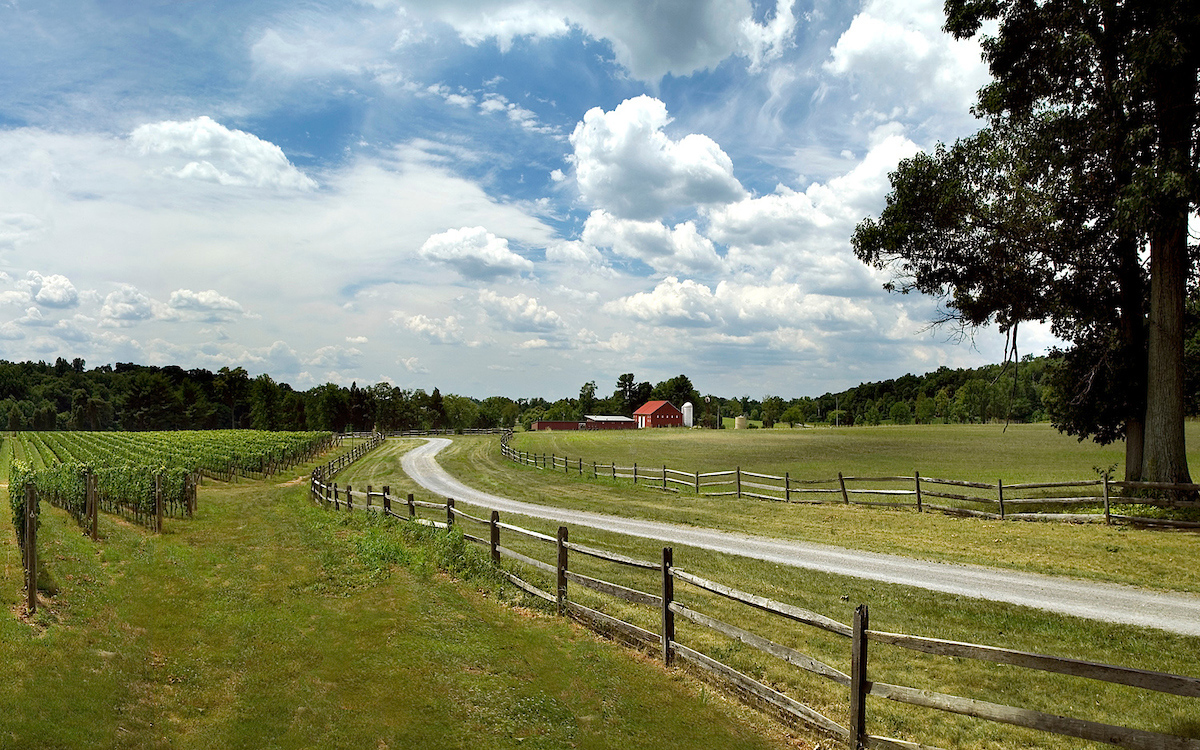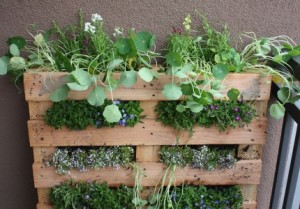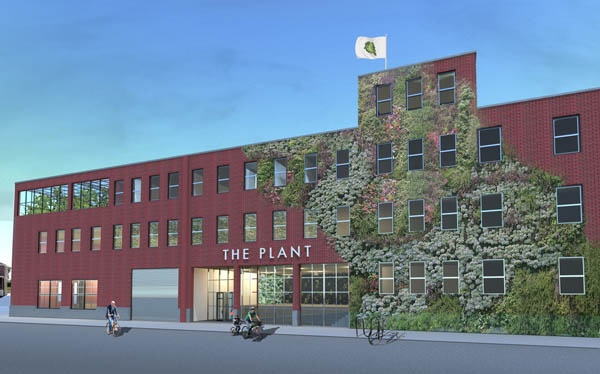
Do you know where your food is grown or how it is produced? In our increasingly global and digital society, it is possible to consume a variety of foods without considering typical growing seasons or cost of production – all while having everything from almonds to zucchini effortlessly delivered to our doorsteps. This convenience – which many of us enjoy regularly due to our busy schedules – comes with a cost of separating ourselves from the story behind our food. In urban and urbanizing areas, this separation can be even more profound as we do not regularly interact with farming or farmland.
While Montgomery County is increasingly urban, it also has a tremendous resource to connect residents with farming … Continue reading


